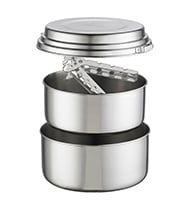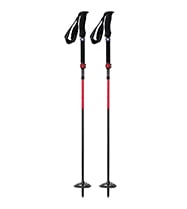The Importance of Inclusivity in the Outdoors
I grew up sharing a deep connection with nature. I fell in love with the boundless beauty and felt its powerful spiritual and emotional healing benefits. As a black, queer human, I also observed a lack of diversity in many of these spaces that I treasured, which led to feelings of otherness and even moments when I had concern for my personal safety. These feelings inspired me to further explore the reasons why there is a lack of inclusivity in outdoor spaces, lands and activities that are a part of everyone’s culture and a right for all people.
Growing up, I fell in love with chasing fireflies, riding my bike, climbing trees and creating artwork inspired by nature. This love expanded to coastal adventures, camping, canoeing and hiking in the Appalachian Mountains as I got older. But my love of nature runs much deeper than physical enjoyment. It extends down deep to my core, my ancestral roots and our connection to spirit and to all living beings. This connection is healing, peaceful, restorative and empowering on many emotional and spiritual levels. Having access to nature is an incredible gift.
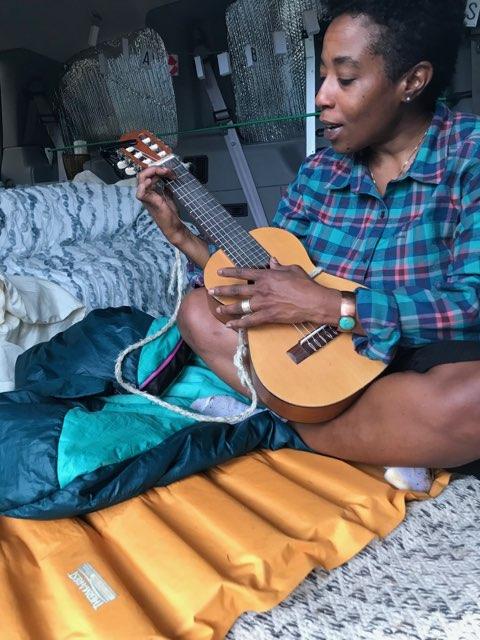
One of my favorite things to do is to go on road trips and discover beautiful new landscapes. Exploring throughout the country, I noticed that outdoor spaces lack diversity. Far too often, other BIPOC friends agreed and also expressed feeling unsafe and sometimes worse. I am passionate about changing this narrative and also dispelling the many stereotypes about BIPOC communities that further perpetuate this less inclusive and harmful aspect of our natural areas. Black people don’t camp. Black and Brown people do not enjoy nature. These activities are for white people. These are some of the many damaging stereotypes that I have heard throughout my life.
One of the main sources of these divisive stereotypes is socioeconomics, not a lack of interest. There is an increasing financial barrier to entry to gain access to many outdoor spaces. This barrier comes in the form of reliable transportation (most BIPOC communities have disproportionately lower access to nature), increased entry fees and the expensive cost of quality outdoor equipment. Those who are less financially privileged are often left behind. When faced with the other major social inequities that plague BIPOC communities, these issues become deprioritized and remain unaddressed, perpetuating these barriers. The increasing economic division in our country continues to keep us divided and move many of us further away from our ability to connect with nature and its healing benefits.
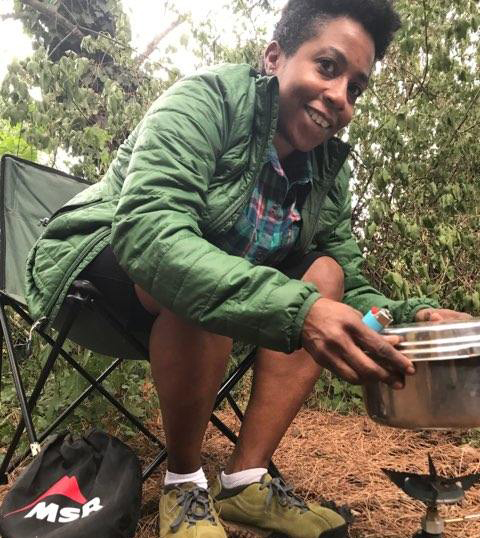
BIPOC communities have shared a connection with nature that has been an important aspect of many of our cultures since their inception. Stories and traditions about working in harmony with the land, utilizing plant medicine, and songs about the healing aspects of nature have been passed down through many generations. When we have an opportunity to spend time in nature, we have an opportunity for healing on both an emotional and physical level. We all should have the access and the privilege to enjoy outdoor spaces with ease, with feelings of belonging and safety.
Dismantling harmful stereotypes is one important way to increase inclusivity. We can also begin to create more diversity by increasing representation, bringing more BIPOC people into positions of influence, and giving our communities an equal voice in important conversations. Countless organizations and people in positions of power ask how they can be more diverse and more inclusive, while failing to invite any BIPOC humans to the discussion, lacking the willingness and commitment to make significant changes. Addressing the safety of BIPOC communities in a tangible way will also play a pivotal role in gaining more equity in outdoor spaces.
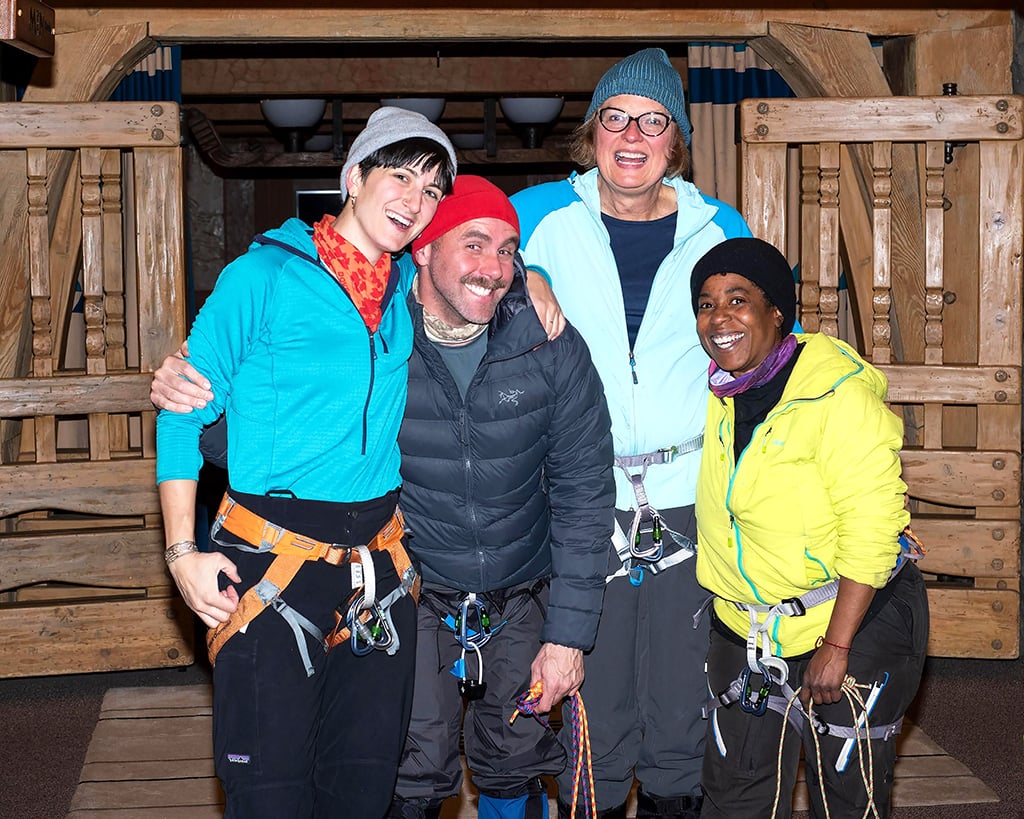
Representation in advertising and media is a powerful tool to expose people to and normalize BIPOC individuals in nature. In addition to increasing diversity internally to help call out these issues, there is a significant opportunity for outdoor organizations to bring more BIPOC presence into marketing materials to reflect this population. I was cast in the documentary Who’s on Top? with some amazing new friends and members of the LBGTQ+ community. My castmates and I had the opportunity to train to summit Mt. Hood and to share our personal stories. My main motivation for doing this film was the opportunity for more representation in nature, as well as the amazing opportunity to train to summit Mt. Hood.
Climbing a mountain can be physically demanding and intense on an emotional level. The arduous journey parallels the uphill battle many of us face for acceptance. Neither journey is easy and can be an opportunity to tap into our inner strength and wisdom, while connecting with our ancestral roots for guidance and courage to carry on. On the snow-covered mountain, I was met with peace and silence. Each step was made with clarity and presence. I had a moment while standing alone on Mt. Hood, in the darkness and veiled by a star-covered sky. I was washed with a wave of appreciation and awe that I was given the privilege to be there. So many others will never have that opportunity. I took a moment to reflect on this and give gratitude to the mountain, to the Earth, to my ancestors and for the opportunity to be a voice for those who cannot speak.
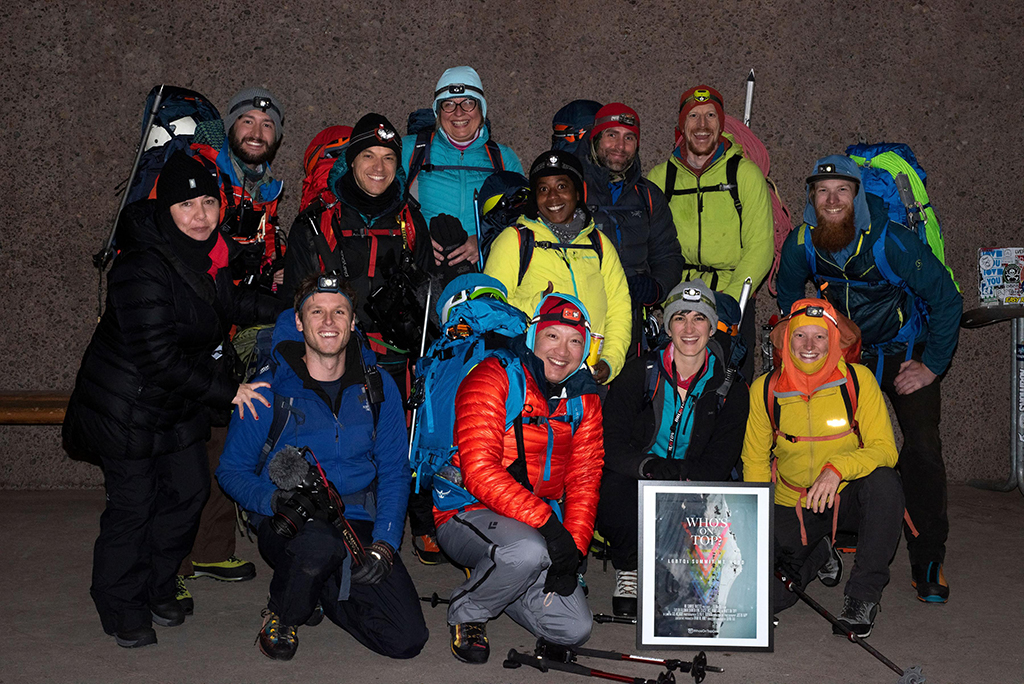
It is my hope and my dream that we can bring about real change and healing in a way that is sustainable. Like climbing a mountain, the path will not be easy and will be met with challenges that will test our inner strength, courage and faith along the way. One of our trainers told me that an important component to climbing a mountain is to find our personal rhythm and pace and to just keep moving. It takes an act of courage and personal empowerment to keep moving and to continue to shine our brightest. It is my hope that we humans will find unity with each other and with the Earth as we walk a path of respect, compassion and love.
“Who’s on Top?” (narrated by George Takei) is the emotional story of members of the LGBTQ community who challenge stereotypes about gender and sexuality and demonstrate their diverse journeys in overcoming physical and figurative mountains.
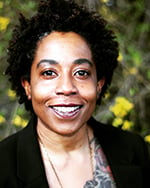
Shanita King
Shanita is a visual artist, architectural designer, and live painter based in Portland, Oregon. With family roots in South Carolina, Shanita grew up spending quality time in nature and has always found it a source of creative inspiration and emotional healing. This connection and relationship with nature continue to deepen and expand not only on a spiritual and emotional level but also on a physical level. Shanita loves camping, hiking in the forest, biking, and spending time at the ocean. They also love any opportunity to discover a beautiful new landscape and for fun outdoor adventures with their partner Nikki and their sweet fur baby Biv. Shanita fell in love with the beautiful landscapes of the PNW to move to Portland over 10 years ago.
Shanita also enjoys of opportunity to express their passions and emotions in a visual way and reflects their love of nature, passion for social justice, and activism in the form of visual art. Shanita is currently offering healing Meditative Arts sessions online and self-published the first book of a Meditative Arts series. The first book in this series focuses on self-love, the next two books are centered on our connection with the Earth and Social Justice. As a self-proclaimed “Earth Warrior”, they also believe that their contribution to this dream-come-true project could have a positive impact on their path towards more environmental activism.
Learn more about Shanita here: shanitakingarts.com
Related Posts:

